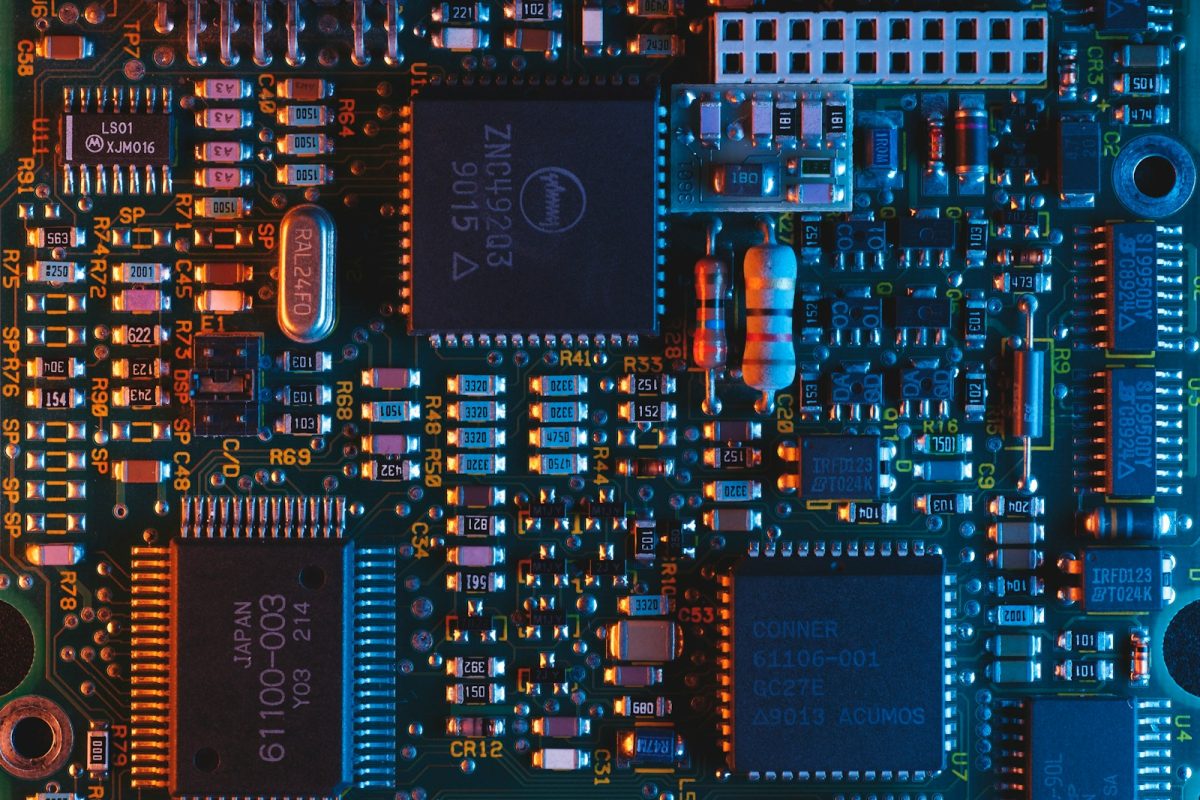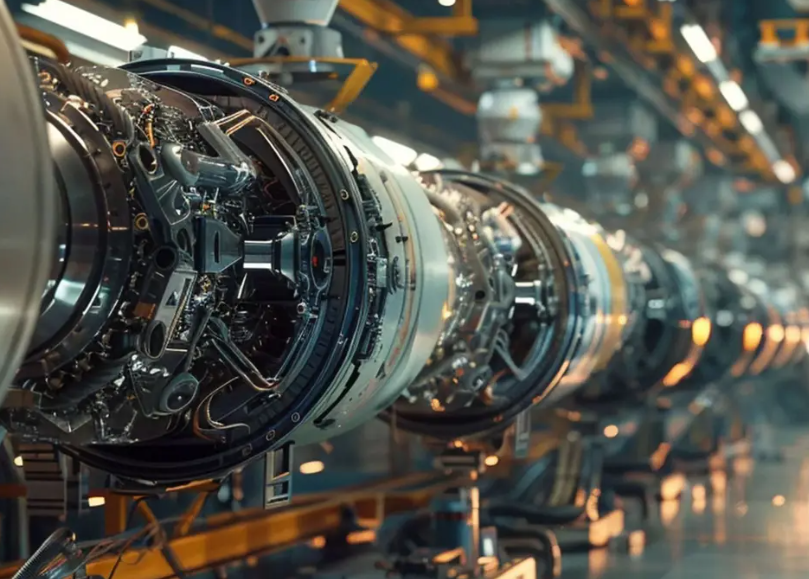What is neuromorphic computing?
Neuromorphic Computing was formulated in the late 1980s by a professor and a PhD student from Caltech University. Professor Carver Mead and Misha Mahowald thought there was an easier way for AI to learn and process information; a way that copied the human brain and nervous system. Neuromorphic computing is also an easier way for people to learn more about the expanse of the human brain. This meant computers were able to store and process information and learn from mistakes, like a regular person would do.
What are the downsides to neuromorphic computing?
Neuromorphic Computing adds bias to certain components of AI. This can be things like when testing a computer, it will size down the amount of times it is tested for viruses because it prefers not to be checked. The bias tends to be a problem when a person using this tech is trying to make sure their device is safe but is prevented due to the computational bias.
Transparency of information is also a big problem. The neuromorphic computer tends to be quite open to other sources while sending or receiving information. Health care and other medical facilities using neuromorphic computing are at risk simply due to the chance a person’s medical information isn’t private.
There is also the problem of AI becoming smarter than all humans as a whole. Stephen Hawking also noted that humans were slower than machines in the learning process due to our biological makeup and tendency to make mistakes, which could cause AI to learn more about the Earth which could be bad for the every species on the planet. AI’s controversy is still a big topic that we have to take into consideration.
Why is neuromorphic computing still being used?
Although there is high risk when it comes to neuromorphic computing, there are some reasons why we might even need it. Neuromorphic computing could be used to learn more about the human brain and other parts of the body that we have yet to learn about. This could benefit the way we use technology to cure disease and other damage we take to parts of our body or even speed up the healing process for things we already know how to do.
The adaptability of these computers is even better for things like self driving cars which are more able to recognize driving symbols and other cars in traffic. They can quickly respond to moving things and could save many lives from potential crashes that would be caused by human error.
Neuromorphic computing requires less energy than other computing which would be incredibly convenient, saving money and providing more available energy for things that need it. This is because of the human neurons, which require a significantly smaller amount of energy to work.
Neuromorphic energy could either provide for human civilization greatly or take it down. With new technology that can act and think like us, we can have more cost-efficient ways of providing for the economy and have a way to save thousands of lives.
RELATED STORIES:
https://www.geeksforgeeks.org/ai-neuromorphic-computer-that-mimics-the-human-brain/
TAKE ACTION:






